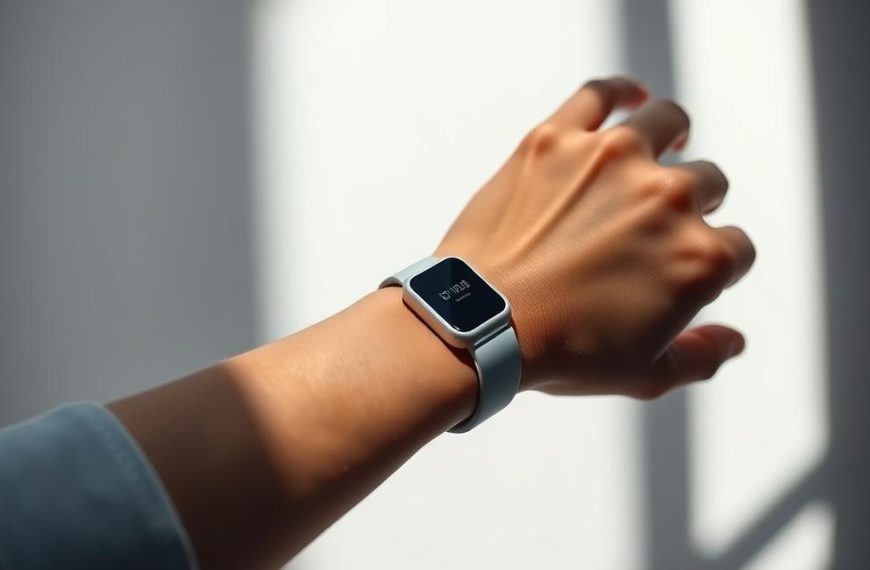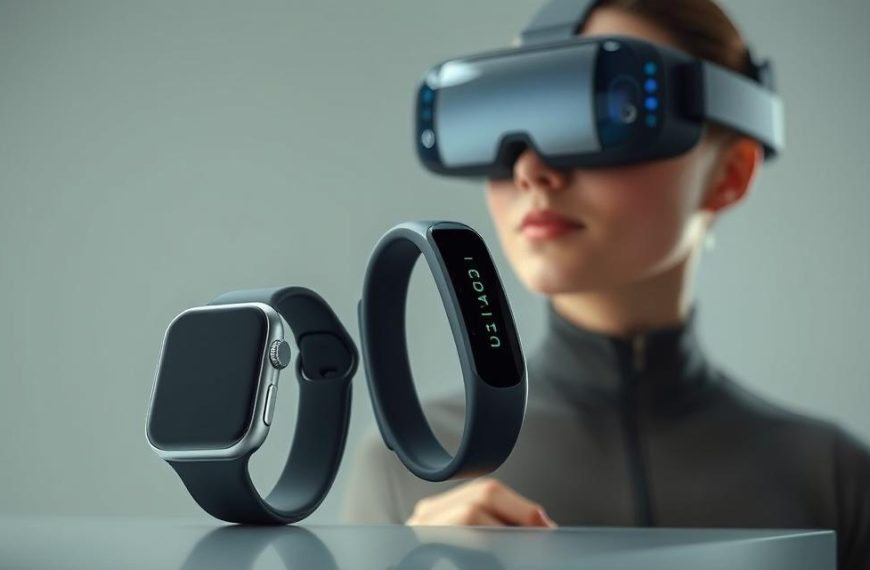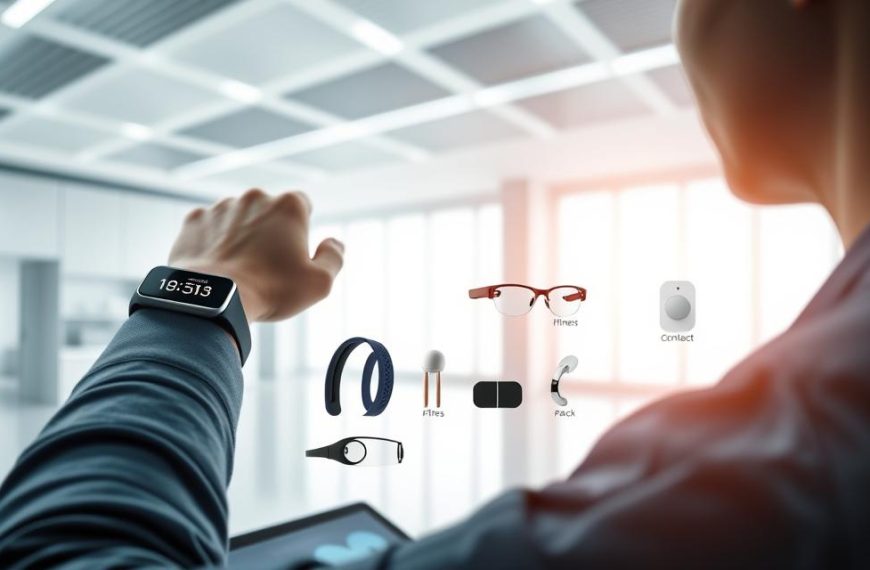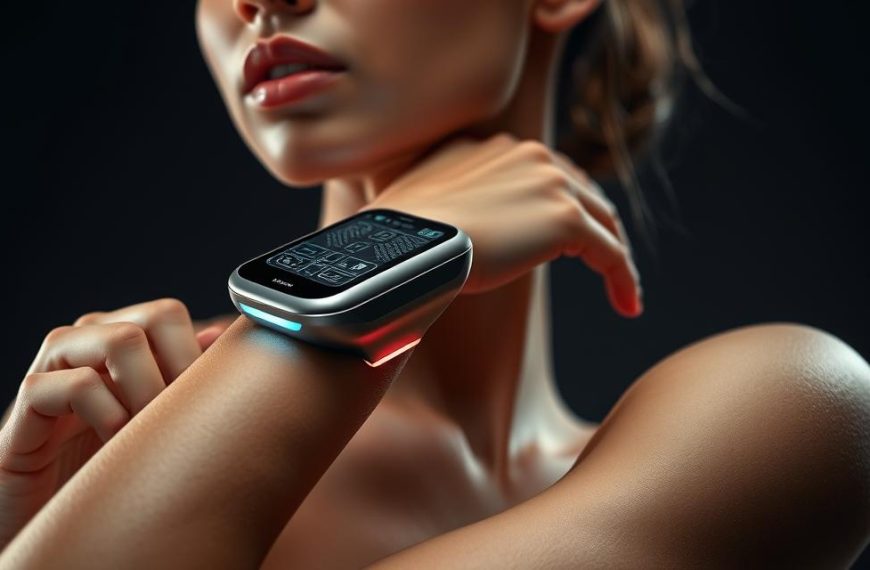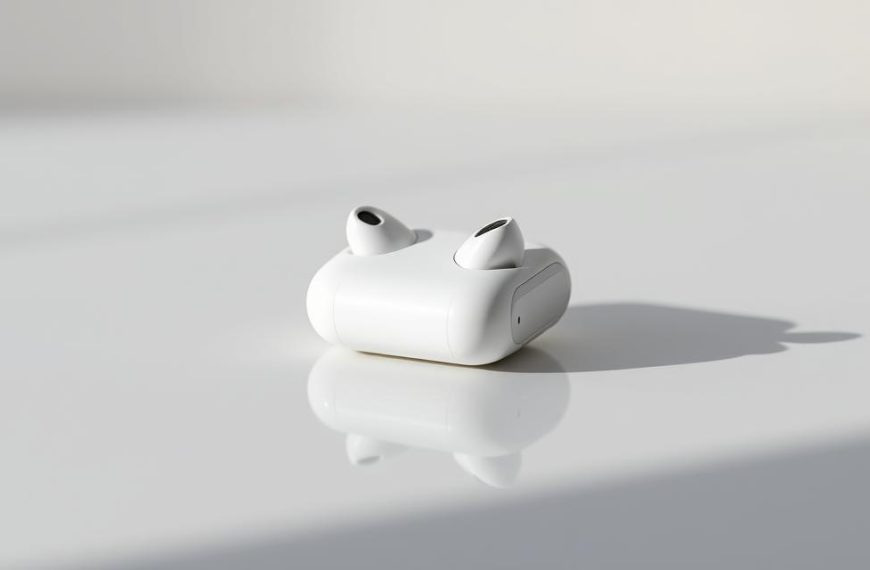The healthcare industry is witnessing a transformative shift with the rise of advanced devices. These tools are no longer limited to basic step counting. They now offer sophisticated features like ECG monitoring and blood pressure tracking.
Major brands like Apple and Samsung are leading the charge. Their products, such as the Apple Watch and Galaxy Watch, are setting new standards in remote patient monitoring. This evolution is backed by clinical validation, like Northwestern University’s neonatal sensors used globally.
With a projected market value of $69.2 billion by 2028, these devices are reshaping healthcare. In the U.S., adoption rates have reached 20%, driven by smartwatches, biosensors, and smart clothing. This trend highlights their growing role in personal and professional healthcare settings.
Introduction to Wearable Technology in Health and Wellness
Body-attached devices are revolutionizing how we monitor health. These tools, often referred to as medical wearables, collect vital data for analysis by doctors, insurers, and researchers. Examples include smartwatches like the Apple Watch, ECG patches such as KardiaMobile, and glucose monitors like Freestyle Libre 2.
The integration of the Internet of Medical Things (IoMT) enables real-time data transmission to medical professionals. This infrastructure supports remote patient monitoring and telehealth services. For instance, Drager’s neonatal monitoring systems can send emergency alerts, ensuring timely interventions.
There’s a notable difference between FDA-cleared devices and consumer-grade trackers. FDA-approved tools undergo rigorous testing for accuracy, making them reliable for clinical use. In contrast, consumer products may lack the same precision.
Northwestern University has deployed over 5,000 sensors across a diverse age range, from newborns to seniors. These devices are helping to monitor health conditions more effectively. However, challenges like racial bias in PPG sensors persist, particularly affecting individuals with darker skin tones.
For a deeper dive into how these innovations are shaping healthcare, explore wearable technology in healthcare.
How Does Wearable Technology Improve Health?
Modern advancements are unlocking new ways to track and enhance personal wellness. These tools provide real-time insights, empowering individuals to take proactive steps toward better health. From monitoring sleep patterns to managing chronic conditions, the possibilities are vast.
Real-Time Health Monitoring
One of the most significant benefits is the ability to monitor health metrics in real time. Devices like the Dexcom G7 Continuous Glucose Monitor (CGM) use pattern recognition to help manage diabetes effectively. This immediate feedback allows users to adjust their lifestyle choices for better outcomes.
Similarly, Northwestern University’s uterine activity sensors are predicting preterm labor with remarkable accuracy. These innovations are transforming how we approach maternal health, ensuring timely interventions when needed.
Data Collection and Analysis
The data collected by these tools is invaluable for research and improving health outcomes. Fitbit’s analysis of over 150 billion hours of sleep data has informed CDC guidelines, highlighting the importance of sleep quality.
KMS Healthcare’s AI analytics are also making strides in spotting trends for chronic diseases. By analyzing patterns, these systems provide actionable insights that can lead to better management of conditions like hypertension and diabetes.
However, challenges remain. Ensuring accurate data collected across diverse body types and skin tones is crucial. Addressing these issues will enhance the quality and reliability of health insights for everyone.
Benefits of Wearable Technology in Healthcare
Healthcare systems are increasingly adopting innovative solutions to enhance care delivery. These tools are not only improving patient outcomes but also reducing operational costs. By integrating advanced systems, providers can offer more efficient and personalized services.
Enhanced Patient Care
One of the key advantages is the ability to deliver better patient care. For example, the VA’s Continuous Glucose Monitoring (CGM) program saves $8,000 per patient annually by reducing hospital visits. Similarly, Omron’s Zero Blood Pressure program minimizes the need for clinic appointments, making it easier for patients to manage their conditions.
Proteus Digital Medicine has also demonstrated success, improving medication adherence by 56%. This approach ensures patients follow their treatment plans more effectively, leading to better health outcomes.
Cost Reduction in Healthcare
These tools are also driving significant cost savings. KMS Healthcare reports annual savings of $1.2 million per 1,000 remote patient monitoring (RPM) patients. Walgreens’ partnership with MDLive integrates wearable data into telehealth services, further reducing expenses.
Validic’s platform saves providers $300 monthly by streamlining data aggregation. These innovations highlight how advanced systems can lower costs while maintaining high-quality care.
Challenges of Wearable Technology in Healthcare
While innovative tools offer significant benefits, they also come with notable challenges. These limitations must be addressed to ensure their full potential in healthcare settings. From data privacy to reliability, understanding these issues is crucial for both users and providers.
Data Privacy Concerns
One of the most pressing issues is data privacy. These devices collect sensitive health information, making them targets for cyberattacks. Ensuring secure data transmission and storage is essential to protect user confidentiality.
Recent research highlights the need for robust encryption protocols. Without proper safeguards, personal health data could be misused, leading to significant privacy breaches. Addressing these concerns is vital for maintaining trust in these tools.
Accuracy and Reliability
Another critical challenge is ensuring accuracy across diverse populations. A 2023 JAMA study revealed that 23% of blood pressure monitors showed inaccuracies. This raises questions about their reliability in managing chronic conditions.
Skin tone bias is another concern. For example, Fitbit’s SpO2 measurements have been less accurate for individuals with darker skin. Similarly, ECG patches may misread data in obese patients, as noted in Mayo Clinic findings.
Companies like Masimo and Verily are addressing these issues through rigorous clinical validation. Masimo’s FDA-cleared sensors outperform consumer optical heart rate monitors in accuracy. Verily’s Study Watch undergoes extensive testing to ensure reliable data collection.
AliveCor’s Kardia AI has also made strides in reducing false positives, enhancing its potential for clinical use. These advancements highlight the importance of continuous research to improve device reliability.
Future Trends in Wearable Health Technology
The next wave of innovation in health monitoring is set to redefine how we manage wellness. Emerging tools are integrating advanced technologies like AI and IoT, creating smarter, more connected solutions. These developments promise to enhance how we track and analyze health levels.
AI and Machine Learning
Artificial intelligence is playing a pivotal role in the evolution of health trackers. For instance, Medtronic’s Sugar.IQ ecosystem uses AI to analyze glucose levels, offering personalized insights for diabetes management. Similarly, Philips’ eICU program combines wearable sensors with bedside monitors to provide real-time data for critical care patients.
“AI-driven analytics are transforming how we interpret health data, enabling more precise and actionable insights.”
IoT and Wearable Integration
The Internet of Things (IoT) is enabling seamless integration of health tools into everyday life. Amazon’s AWS for Health processes over 1 million data points from wearable sensors, supporting large-scale health monitoring. Siemens Healthineers’ teamplay platform integrates data from various devices, offering a unified view of patient activity.
SmartThings’ elder care system is another example, using IoT to detect falls and send alerts. GE Healthcare’s Mural Virtual Care System also leverages IoT to monitor patients remotely, ensuring timely interventions.
| Platform | Functionality |
|---|---|
| Medtronic Sugar.IQ | AI-driven diabetes management |
| Philips eICU | Combines wearables with bedside monitors |
| Amazon AWS for Health | Processes 1M+ wearable data points |
| Siemens Healthineers teamplay | Unified data integration platform |
| SmartThings Elder Care | Fall detection and alerts |
These advancements highlight the potential of AI and IoT to revolutionize health monitoring. By combining intelligent tools with seamless integration, the future of wearable health trackers looks promising.
Conclusion
Recent FDA approvals highlight the rapid evolution of health-focused innovations. The Dexcom G7 and Apple Sleep Stages exemplify how devices are advancing care for chronic conditions and sleep disorders.
Northwestern University’s neonatal sensors achieved a 98% survival rate in NICUs, proving their life-saving potential. Secure platforms like Validic ensure HIPAA-compliant handling of sensitive health data.
Looking ahead, graphene-based sweat sensors and implantable CGMs will redefine monitoring in 2025. For providers, adopting these tools requires strategic implementation to maximize impact.
As regulatory oversight expands, ensuring accuracy and accessibility remains critical. The future of healthcare hinges on integrating these advancements responsibly.






